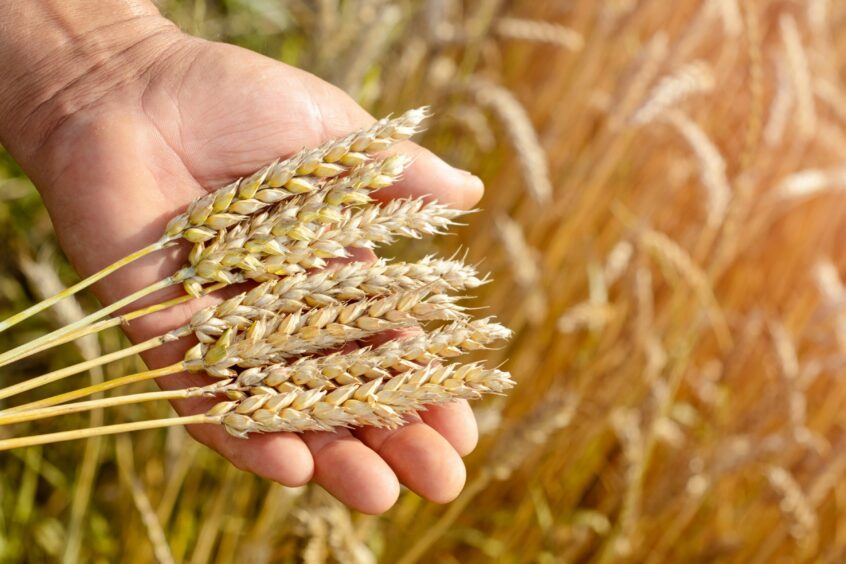With some farmers leaving Ukraine and farm staff fighting for their country there are fears the Russian invasion will significantly hurt this year’s Ukrainian harvest.
As Russian troops advance into the country, farmers are unsure if they can start seeding spring crops in March to get this year’s harvest well under way.
There are many foreign owned and managed farms in Ukraine, but some of them have chosen to leave the country to wait and see how this illegal occupation by Russian president Putin will develop.
However, there is some progress as farmers in western Ukraine have started fieldwork while closely monitoring the situation in other parts of the country.
Known as the breadbasket of Europe, Ukraine produces 12% of global wheat exports, 16% of corn and 18% of barley exports.
Dr Keith Dawson – a UK-based crop expert and director with a farming company growing crops in Ukraine – says the situation there is very fluid.
“We own and manage Central Plains Group near Lviv in the west of Ukraine,” said Dr Dawson.
“In total we run 2,000 hectares of potatoes, maize, soya and peas but potatoes are the main crop.”
He said work had already started in the company’s fields, but there will be problems going forward.
“Getting fuel, fertiliser, seeds and labour will be a problem this year and costly as global prices will rise yet again,” added Dr Dawson.
“The situation is very fluid there obviously. Supply chain issues are a big challenge especially with the Black Sea and Azov Sea which are key for wheat exports.”
Mike Lee, is a director with Green Square Agro Consulting that specialises in agricultural projects and forecasting crop yields in Russia and Ukraine.
He said: “Ukraine’s wheat crop is nearly all planted in the autumn and currently stands at 6.5 million hectares.
“Spring wheat is planted from now through March and was forecasted to be around 175,000 hectares bringing the total wheat area to 6.7 million hectares; this is down significantly on last year but broadly in line with the long term trend.”
He said if war prevents farmers from applying fertilisers or pesticides to the crop, but assuming the crop can be harvested in July, it is likely there will still be a wheat crop of around 16-17 million tonnes.
“This compares with 26-27 million tonnes we currently forecast if farmers are unencumbered to manage their crops,” added Mr Lee.
“Ukraine requires around 10 million tonnes of wheat for domestic consumption. Depending on the scenario, that will leave between six and 17 million tonnes available for export through the 22-23 marketing year from June to July.”
He said the current forecast for corn production from Ukraine is 37 million tonnes from 5.5 million hectares, which with domestic consumption of around seven million tonnes leaves 30 million tonnes for marketing in 2022/23.
“This could drop to zero if farmers cannot plant the crop, but a middle ground would be fewer hectares and lower yield from fewer inputs giving a possible crop of 19 million tonnes, with exports down to 12 million tonnes,” added Mr Lee.
Meanwhile, Iurii Mykhailov – former President of the Union of Agricultural Journalists of Ukraine who is based in central Kyiv – said growers will face challenges shipping their grain to customers outside of Ukraine.
He said major shipping companies, including CMA CGM Group and Maersk, have suspended all vessel calls to Ukraine and global commodity agricultural trader Cargill Inc recently had a vessel hit by a shell in the Black Sea.
Mr Mykhailov added: “Also, the global agricultural commodity trader Bunge Ltd said it closed the company’s offices in Ukraine and suspended operations at the port of Mykolaiv.
“The Bunge’s competitor Archer-Daniels Midland Co (ADM) said its facilities in Ukraine, including a terminal in Odessa, are not operating.”

